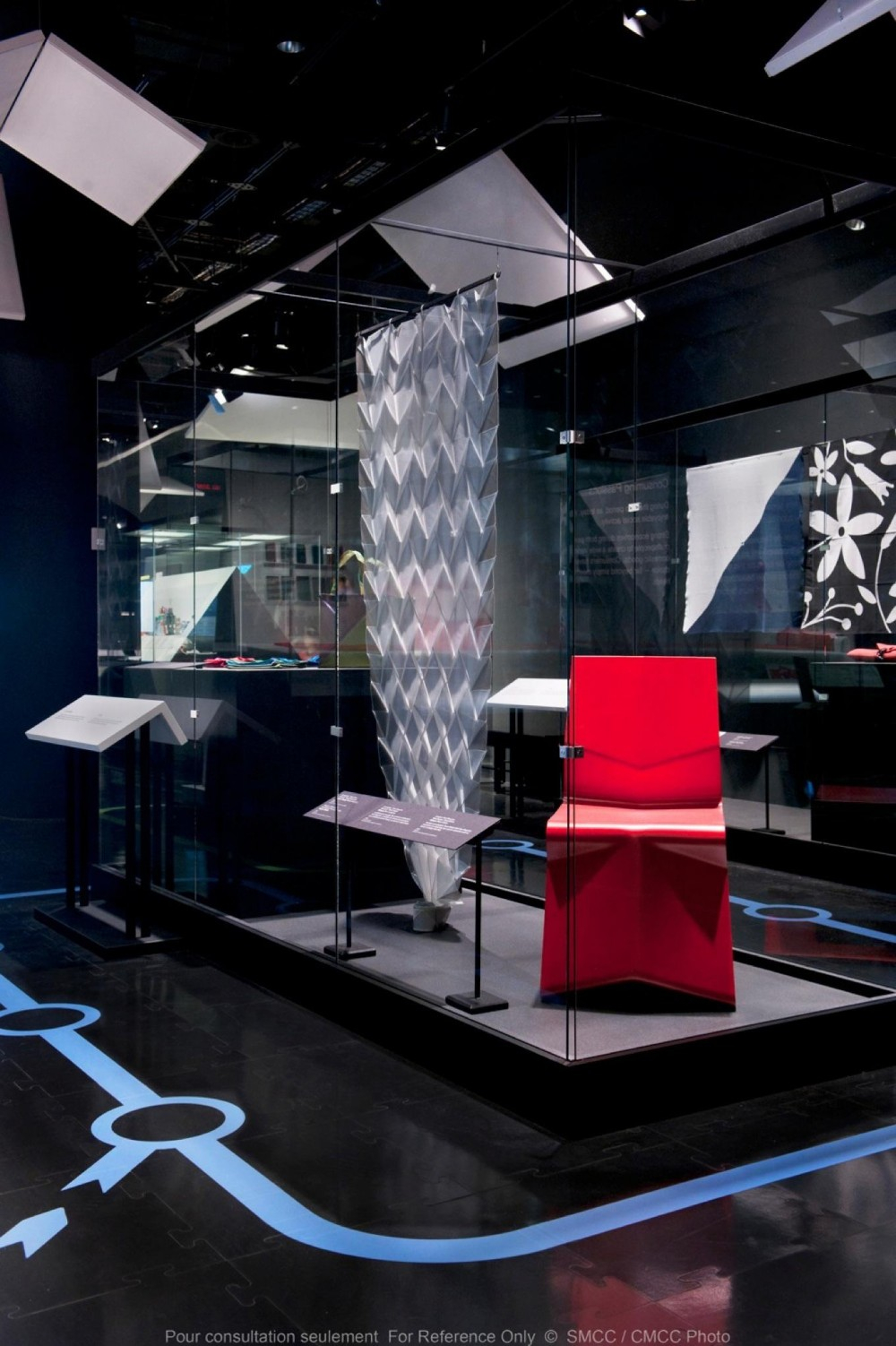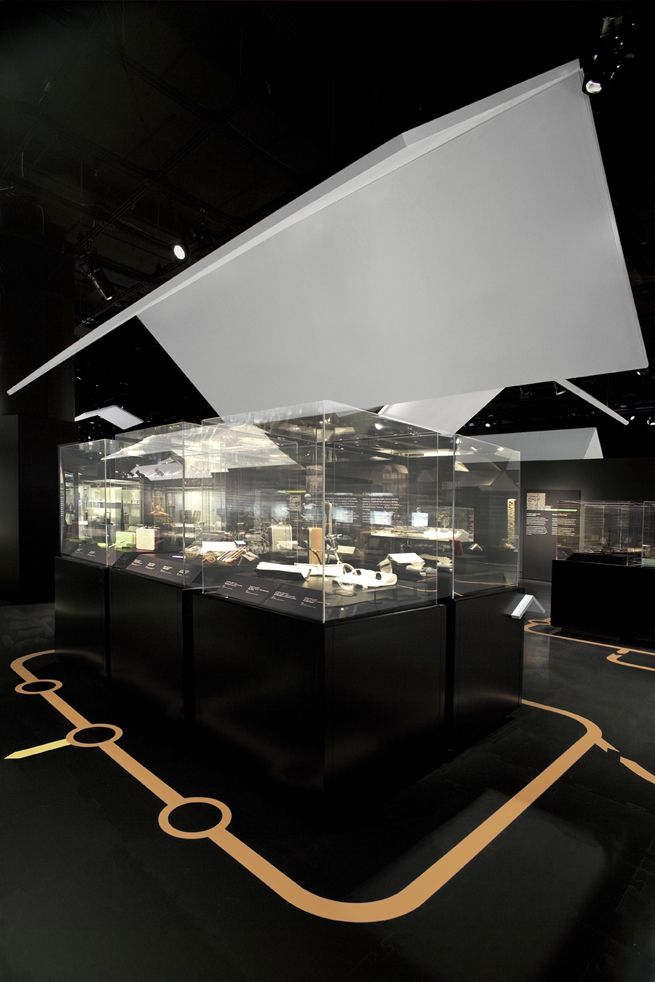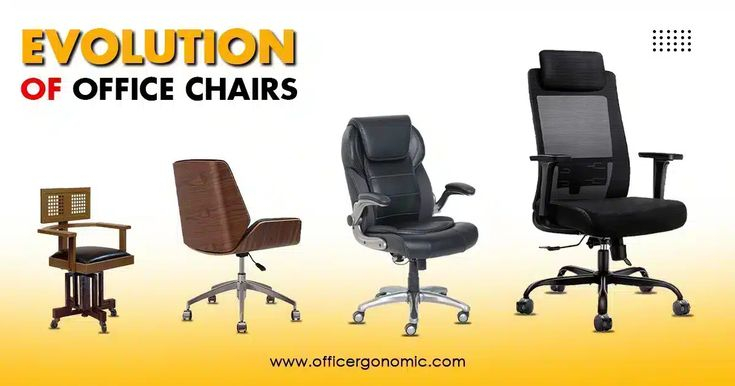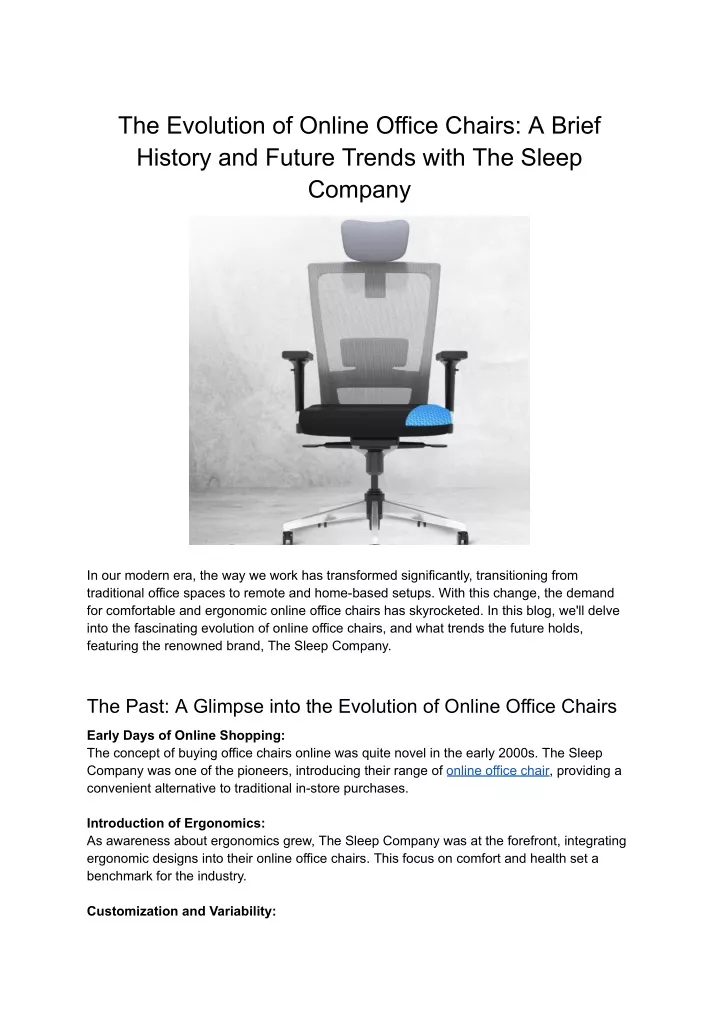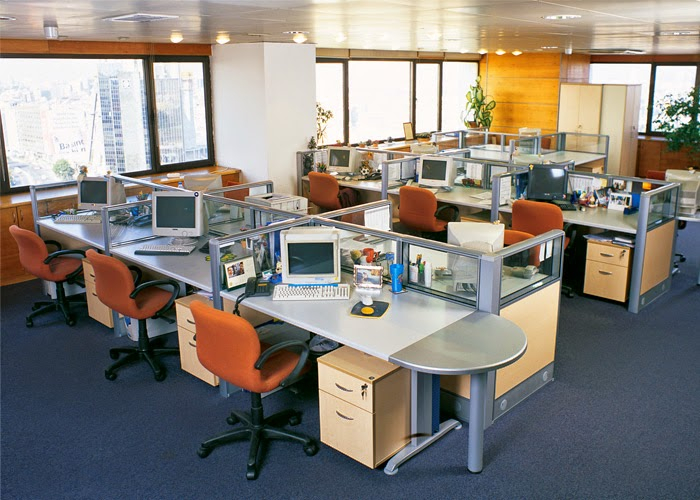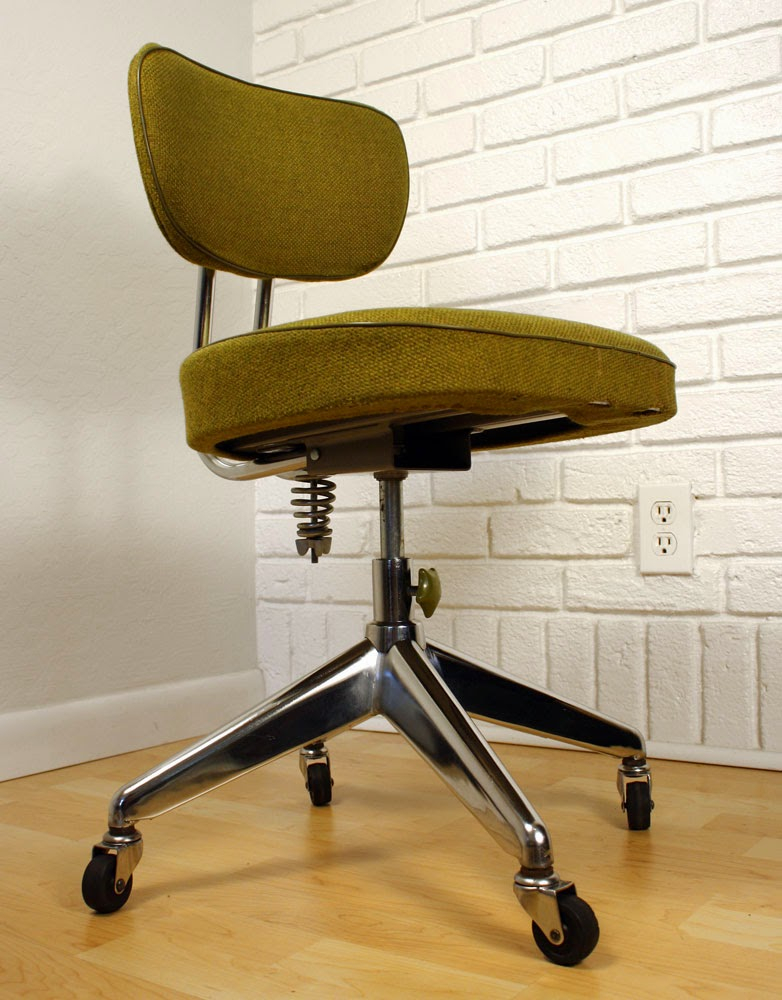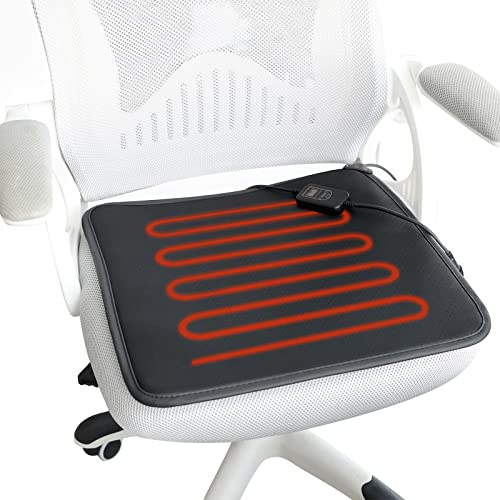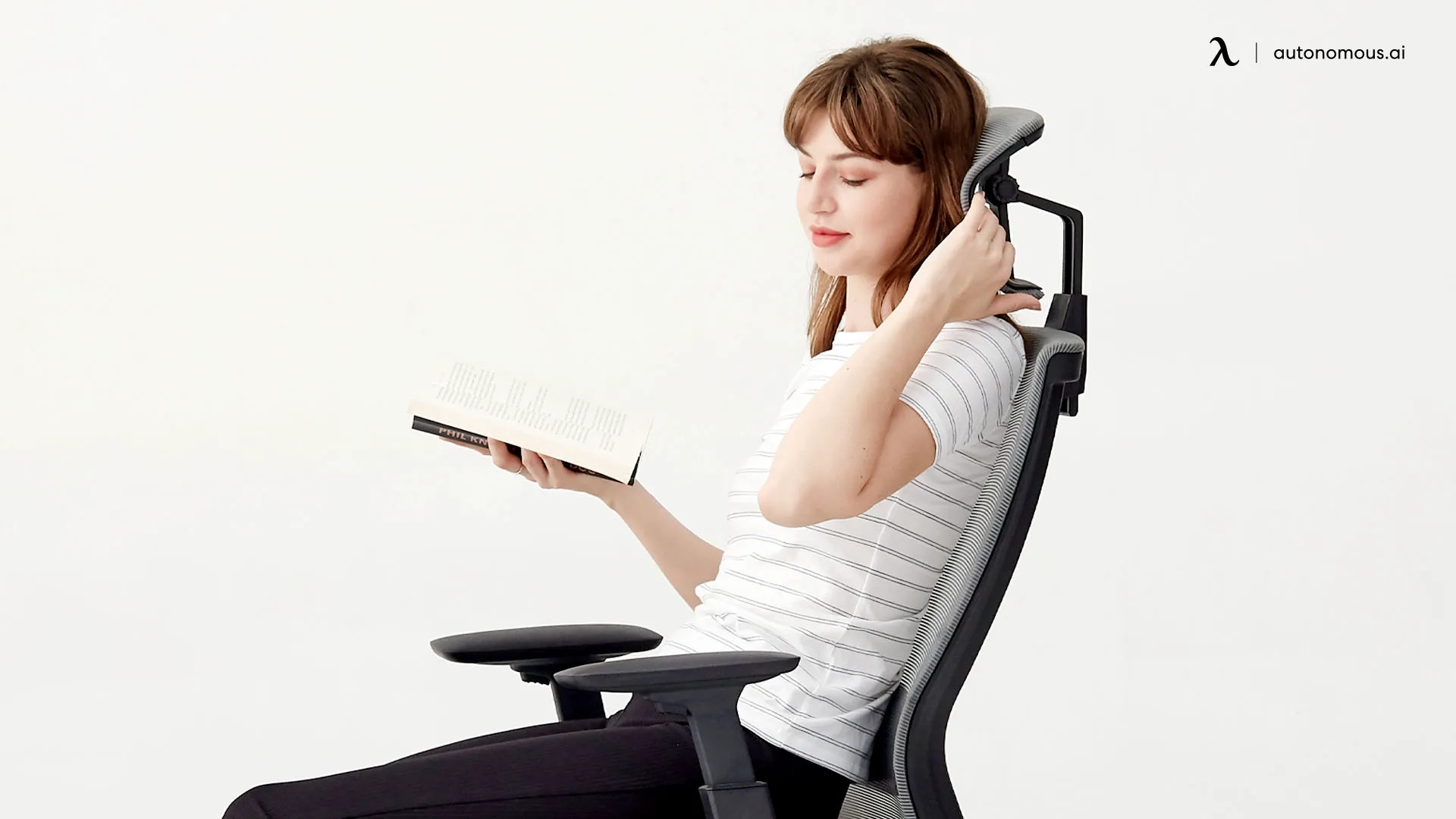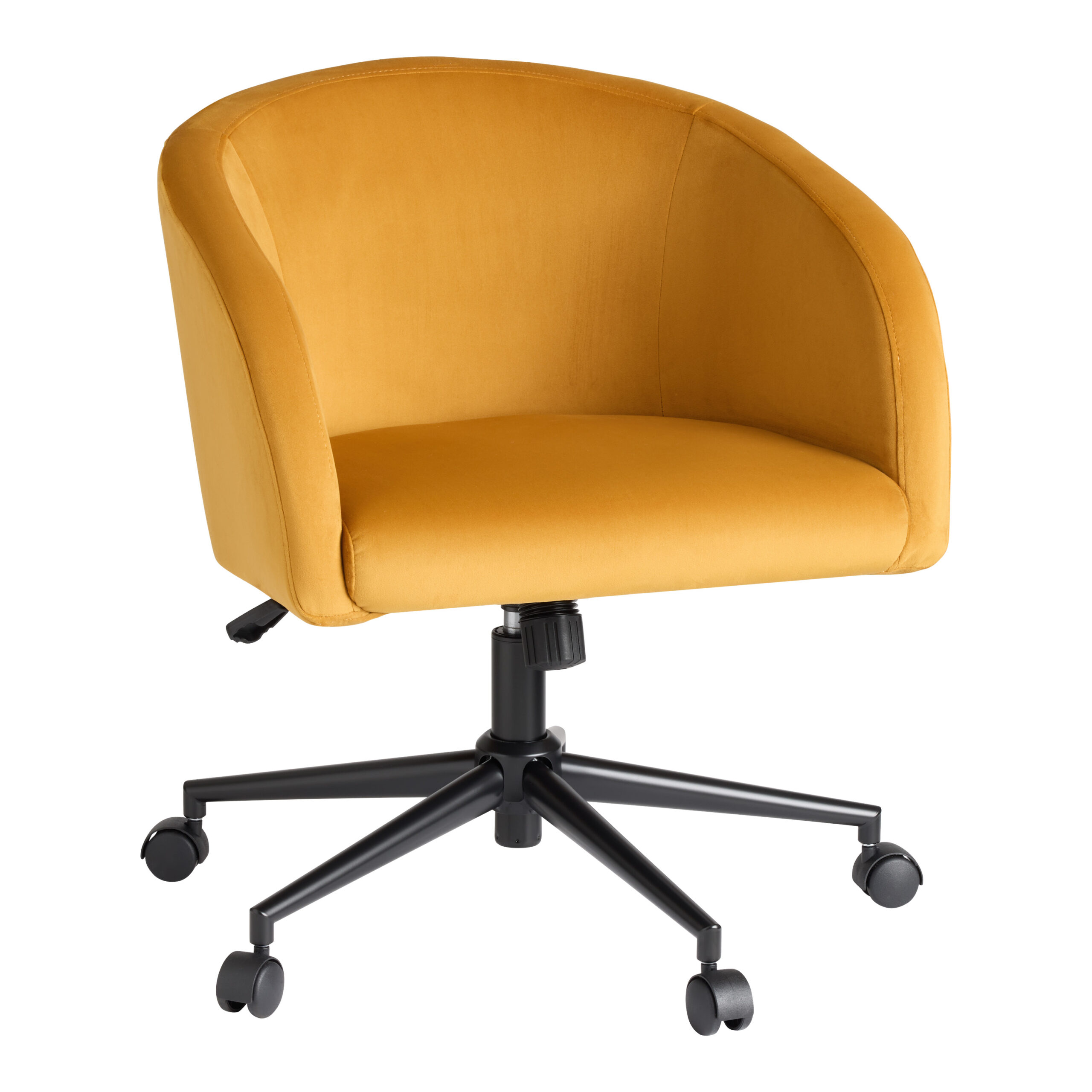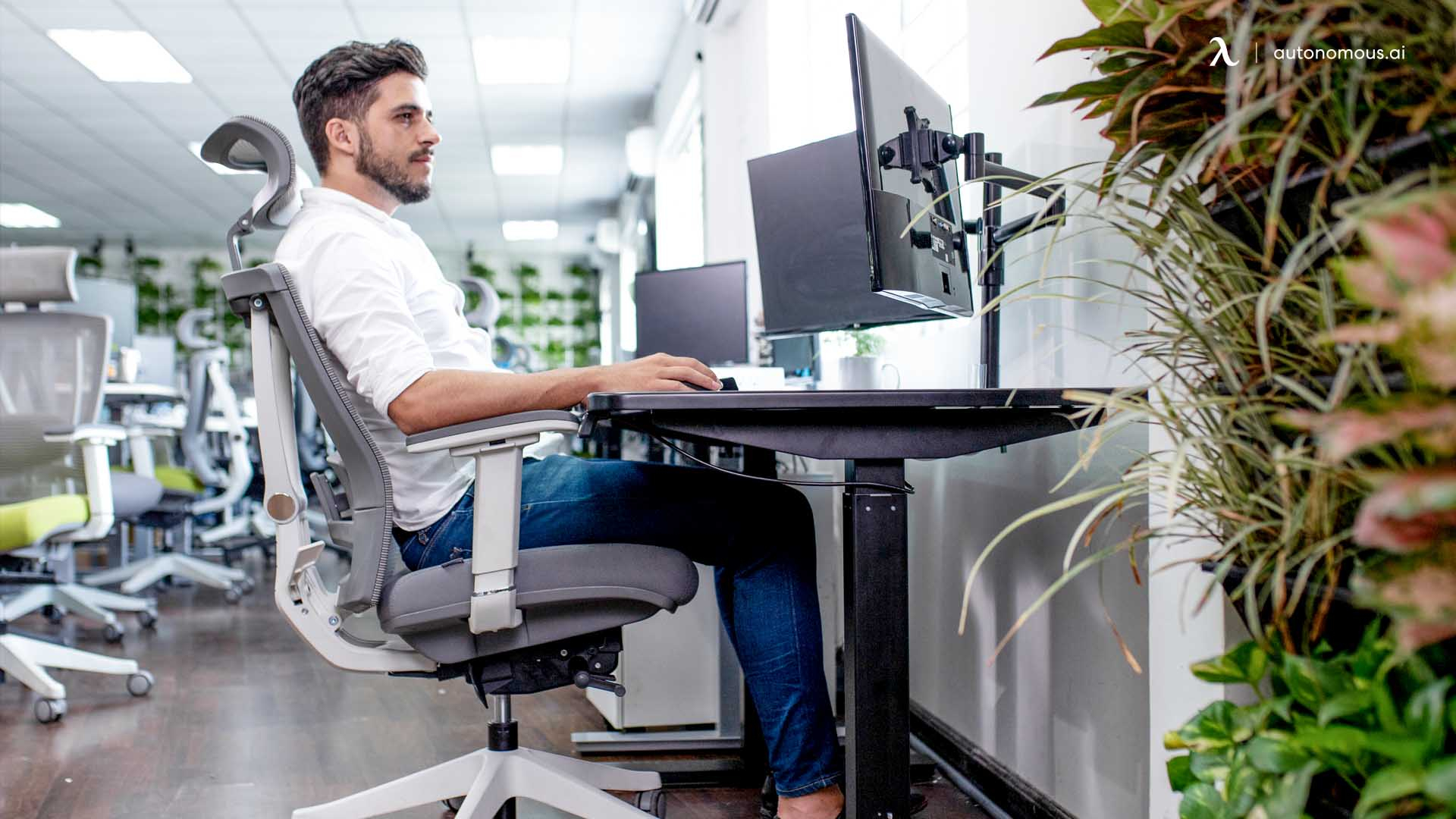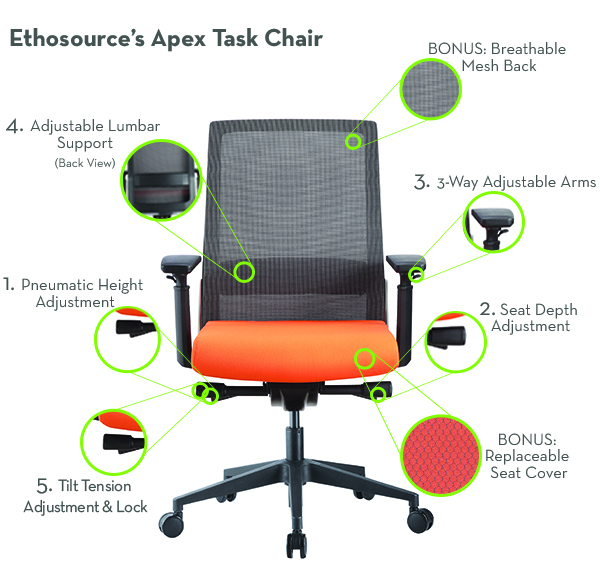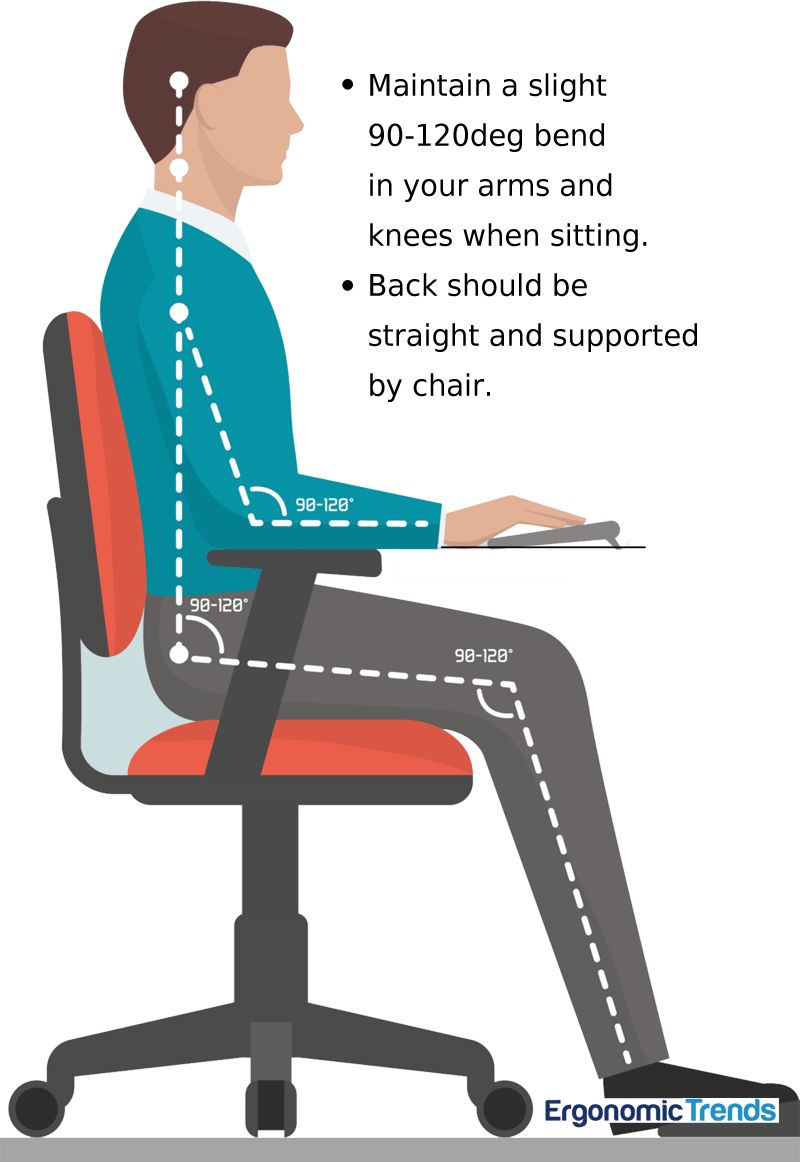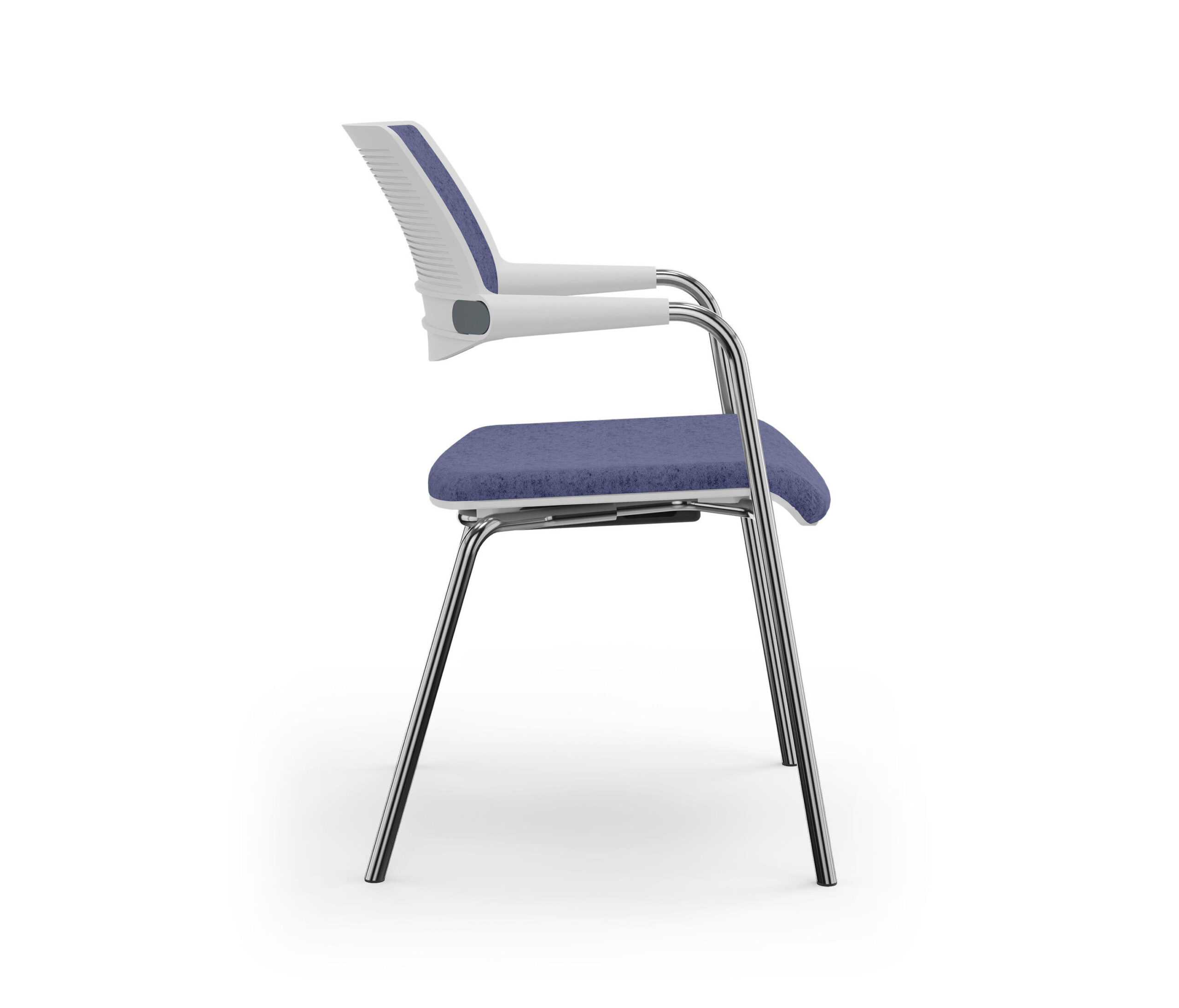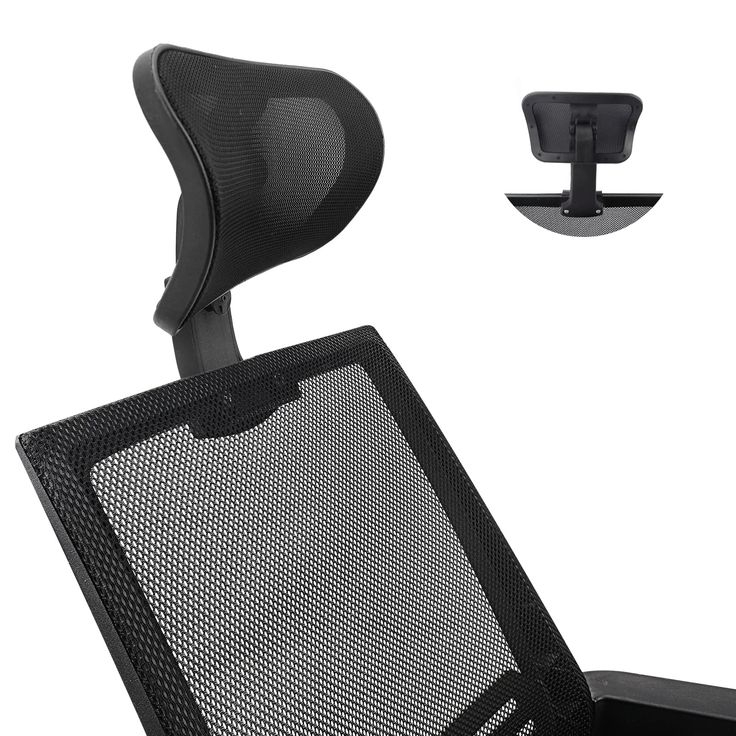We often overlook the simple office chair, don’t we? It’s just a place to park ourselves for eight hours a day. But in Japan, this ubiquitous piece of furniture has woven itself into the very fabric of work life, influencing everything from how we approach our tasks to how we perceive our colleagues. It’s a story about more than just comfort; it’s about tradition, efficiency, and a deep-seated respect for the workplace.
When you think about what shapes a nation’s work culture, you might imagine long hours, technological advancements, or perhaps economic pressures. But what about the humble office chair? It sounds almost too simple, right? Yet, for decades, the evolution and adoption of office chairs in Japan have mirrored and even influenced significant shifts in how people work, interact, and feel about their professional lives. From the post-war era’s focus on rebuilding and productivity to today’s emphasis on well-being and flexible arrangements, the chair has been a silent, yet constant, companion. Let’s unravel this fascinating connection and see how a piece of furniture became so much more than just a seat.
The Post-War Push for Productivity: Early Days of Office Seating
After World War II, Japan was on a mission to rebuild and revitalize its economy. This era saw a massive influx of Western business practices and workplace designs, and the office chair was no exception. Initially, many offices featured very basic, often wooden or metal, seating. The primary goal was functionality – providing a stable place to sit so workers could focus on their tasks. Think of it as a tool to maximize output. Comfort wasn’t the top priority; endurance and efficiency were. These early chairs were sturdy, no-nonsense items, reflecting the nation’s drive for industrial growth and a collective commitment to hard work. It was about getting the job done, and the chair was merely a means to that end.
The Rise of the Ergonomic Chair: A Shift in Focus
As Japan’s economy matured and living standards improved, so did the expectations for workplace comfort. The 1970s and 80s saw a growing awareness of ergonomics – the science of designing products and systems to fit the people who use them. This is when the modern, adjustable office chair, with its padded seats and backrests, began to appear more frequently. This wasn’t just about making people feel good; it was linked to a burgeoning understanding that a comfortable worker is a more productive worker. Companies started investing in better chairs as a way to reduce fatigue and prevent the physical strain associated with long hours at a desk. This period marked a subtle but significant shift: the chair was no longer just about sitting, but about supporting the worker through their demanding schedules.
The ‘Kagayaki’ Chair and the 5S Methodology
One of the most compelling examples of how chairs became integrated into Japanese work philosophy is through the lens of the ‘Kagayaki’ chair, often associated with the 5S methodology. 5S is a system for workplace organization and standardization that originated in Japan, focusing on Sort, Set in Order, Shine, Standardize, and Sustain. While not every office chair is a ‘Kagayaki,’ the principles behind it influenced how seating was viewed. A well-maintained, properly positioned chair, one that is clean and in good repair, fits perfectly into the ‘Shine’ and ‘Standardize’ principles. It’s about respecting your workspace and ensuring everything has its place and purpose. An organized and comfortable seating arrangement contributes to a more efficient and pleasant work environment. It’s a small detail, but it speaks volumes about the Japanese approach to continuous improvement (kaizen) – even in the simplest of objects.
Chairs as Status Symbols and Workspace Identity
In some Japanese corporate cultures, the type of chair a person occupied could subtly indicate their position or seniority. While not as overt as in some Western hierarchies, there was a tendency for higher-ranking employees to have more advanced, comfortable, or perhaps more aesthetically pleasing chairs. This wasn’t always about blatant status, but more about the acknowledgment of responsibility and the provision of better resources for those in leadership roles. Even within teams, a specific chair might become associated with a particular task or individual, contributing to a sense of workspace identity. It’s like each chair had its own little story, its own place in the office ecosystem.
The Evolution of Office Layouts and Chair Usage
The design of office spaces themselves has also been influenced by the chairs within them. Open-plan offices, cubicle farms, and more collaborative team spaces all dictate different seating needs. Early Japanese offices often featured more rigid, individual workstations, and the chairs were designed to fit these setups. As the focus shifted towards teamwork and flexibility, chair designs also adapted. We started seeing chairs that were easier to move, swivel, and arrange for group discussions. The rise of hot-desking or flexible seating arrangements in some modern Japanese companies further pushes the boundaries, requiring chairs that are not only comfortable but also durable and easy to manage. It’s a continuous loop: the way we work influences the chairs, and the chairs, in turn, can shape how we work.
Beyond the Office: The Chair’s Impact on Work-Life Balance
While the focus is on the office, the chair’s influence can extend beyond those four walls. For those working remotely or in hybrid models, the home office chair has become crucial. The ergonomic principles that drove better office chairs are now being applied to home setups, impacting how people manage their work-life balance. A comfortable and supportive chair at home can make the difference between a productive workday and one filled with aches and pains. It underscores the idea that the chair isn’t just about work; it’s about the overall well-being of the individual, whether they’re in a corporate skyscraper or their own living room. It’s a reminder that even the most mundane objects can have a profound effect on our daily lives and our ability to thrive.
So, the next time you settle into your office chair, take a moment to appreciate its journey. It’s a story that reflects decades of economic development, technological advancement, and evolving attitudes towards work and well-being in Japan. From its early days as a simple tool for productivity to its current role as a key component of a healthy and efficient workspace, the office chair has proven to be far more than just a place to sit. It’s a silent witness to our professional lives, a subtle influencer of our habits, and a testament to how even the most ordinary objects can carry extraordinary cultural weight. It’s a reminder that sometimes, the most profound insights come from looking at the things we take for granted.

